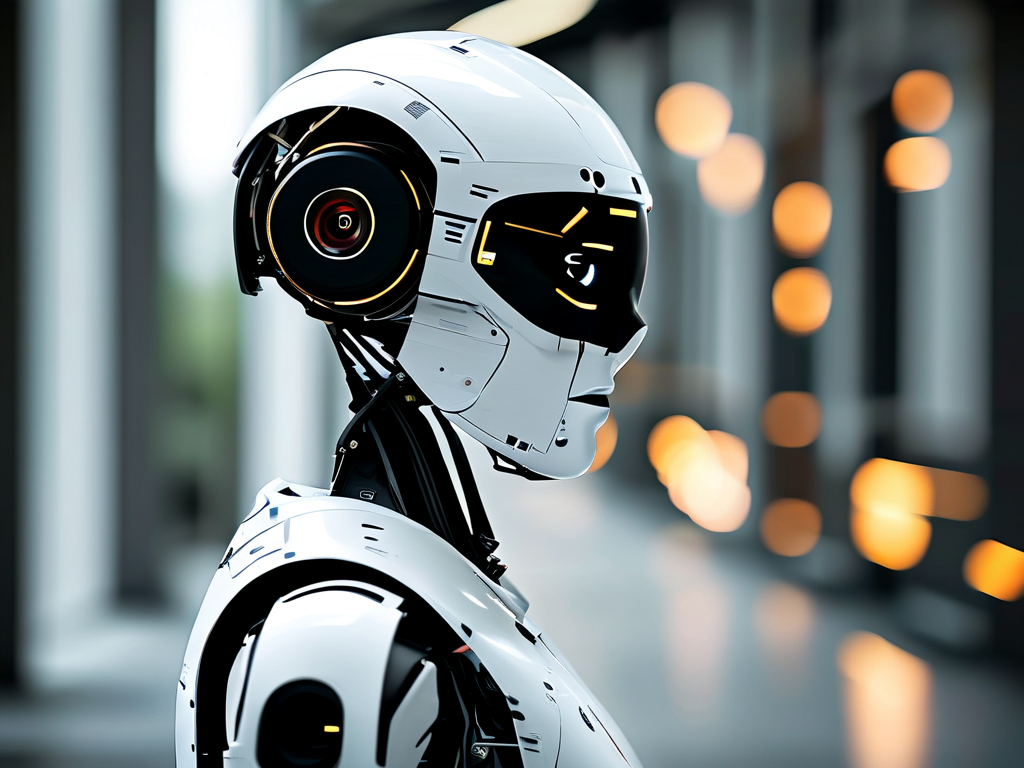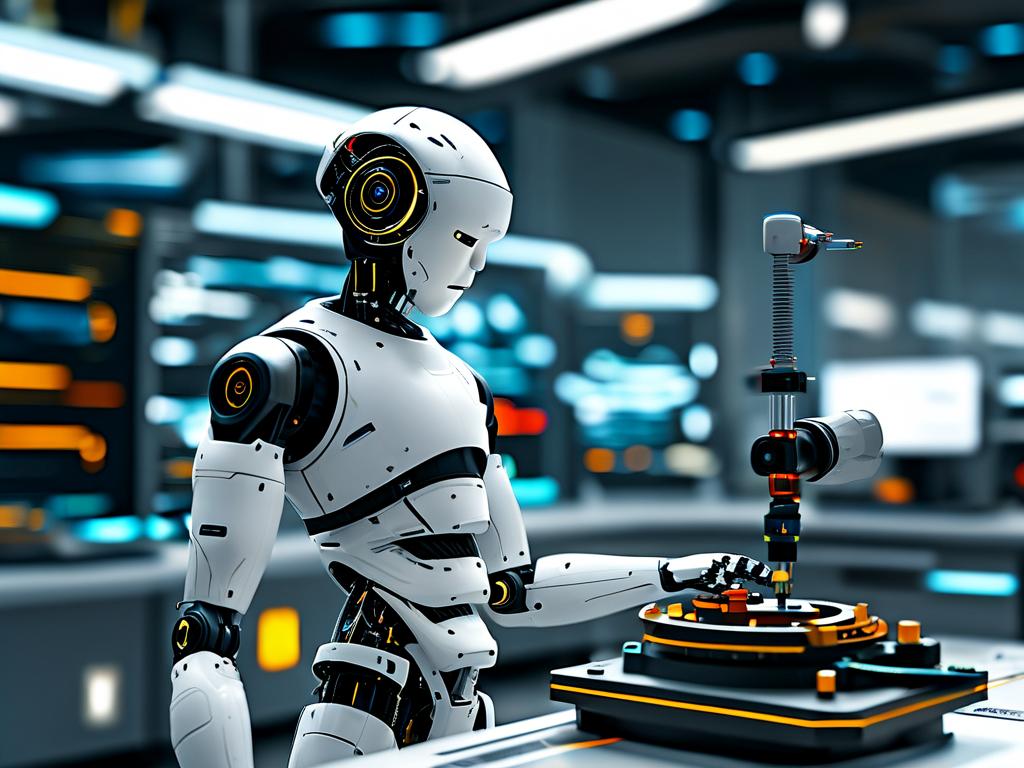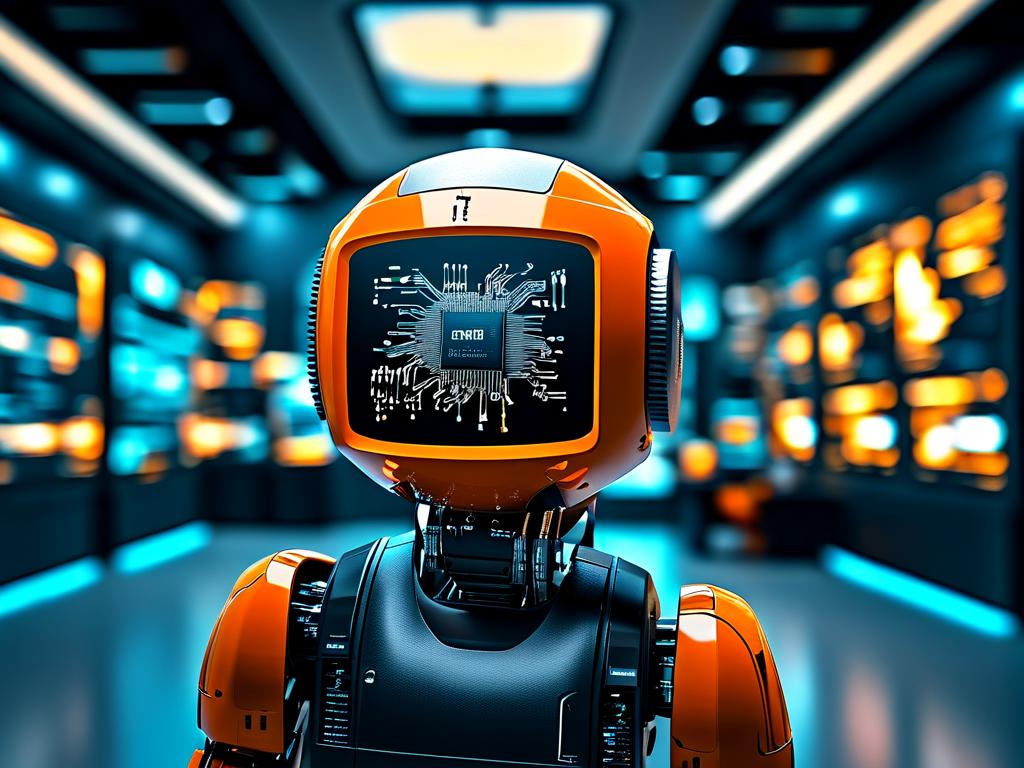As automation reshapes global industries, robotics technology has emerged as a cornerstone of modern innovation. Professionals pursuing careers in this field are positioned at the intersection of engineering, artificial intelligence, and industrial transformation. This article explores the evolving employment landscape in robotics, highlighting key skills, industry demands, and emerging opportunities for aspiring technologists.

Industry Growth and Market Demand
The robotics sector is experiencing unprecedented growth, with projections indicating a $209 billion global market by 2025. Manufacturing remains the primary driver, where collaborative robots (cobots) now work alongside humans in automotive and electronics assembly lines. Beyond traditional factories, healthcare robotics has surged, particularly in surgical assistance and rehabilitation devices. Logistics companies like Amazon and DHL are deploying autonomous mobile robots (AMRs) to optimize warehouse operations, creating roles in system integration and fleet management.
Core Competencies for Robotics Professionals
Technical expertise forms the bedrock of robotics careers. Proficiency in programming languages such as Python, C++, and ROS (Robot Operating System) is essential. Mechanical engineers must master CAD software for designing robotic limbs, while electrical specialists focus on sensor integration and power systems. A growing emphasis on machine learning requires familiarity with neural networks and computer vision frameworks like OpenCV.
Soft skills are equally critical. Problem-solving abilities enable engineers to troubleshoot robotic systems in real-world scenarios. Cross-functional collaboration has become vital as projects increasingly involve mixed teams of hardware developers, AI specialists, and user experience designers.
Career Pathways and Specializations
-
Industrial Automation Engineer
These professionals design and maintain robotic assembly lines. Recent advancements in force-torque sensors and vision-guided systems demand expertise in adaptive manufacturing processes. Companies like Fanuc and ABB offer certification programs for PLC programming and robotic cell configuration. -
AI Robotics Developer
Focusing on cognitive systems, these engineers create algorithms for autonomous decision-making. Applications range from agricultural drones analyzing crop health to service robots navigating dynamic environments. The rise of edge computing has intensified demand for developers who can optimize AI models for low-power embedded systems. -
Human-Robot Interaction Designer
This emerging field blends psychology with engineering to improve how humans and machines collaborate. Specialists might develop intuitive control interfaces for exoskeletons or program social robots for educational settings.
Emerging Trends Reshaping the Field
- Digital Twin Technology: Virtual replicas of physical robots allow for predictive maintenance and performance optimization, requiring skills in IoT and cloud computing.
- Ethical AI Integration: As robots assume sensitive roles in healthcare and public safety, professionals must address algorithmic bias and decision transparency.
- Modular Robotics: Reconfigurable systems are gaining traction, with companies like Unitree developing legged robots that adapt to diverse terrains.
Navigating the Job Market
Entry-level positions often start with robotics technician roles, involving system calibration and diagnostics. Mid-career professionals might lead R&D teams developing bipedal robots or swarm robotics systems. The growing startup ecosystem also presents opportunities – Boston Dynamics spin-offs and AI-driven ventures frequently seek specialists in locomotion control and sensor fusion.

Educational pathways are diversifying beyond traditional degrees. Platforms like Coursera offer nanodegrees in autonomous systems, while maker spaces provide hands-on experience with 3D-printed robotic prototypes. Government initiatives, such as the EU’s SPARC robotics program, are funding reskilling initiatives to address talent shortages.
Challenges and Considerations
While prospects appear bright, professionals must stay ahead of technological obsolescence. The shift from conventional robotic arms to soft robotics demands continuous learning in materials science. Cybersecurity has also become paramount as connected robots handle sensitive industrial data.
Geographic factors influence opportunities – Germany’s Industrie 4.0 initiative concentrates on smart factories, while Singapore invests heavily in marine robotics for port management. Remote work remains limited due to the hands-on nature of hardware development, though simulation engineers increasingly operate in virtual environments.
The robotics employment landscape offers dynamic opportunities for those willing to embrace lifelong learning. As machines evolve from repetitive tools to intelligent collaborators, professionals who combine technical mastery with creative problem-solving will lead the next wave of automation breakthroughs. Whether developing nanorobots for precision medicine or autonomous construction vehicles, careers in robotics promise to shape our technological future while addressing critical global challenges.









